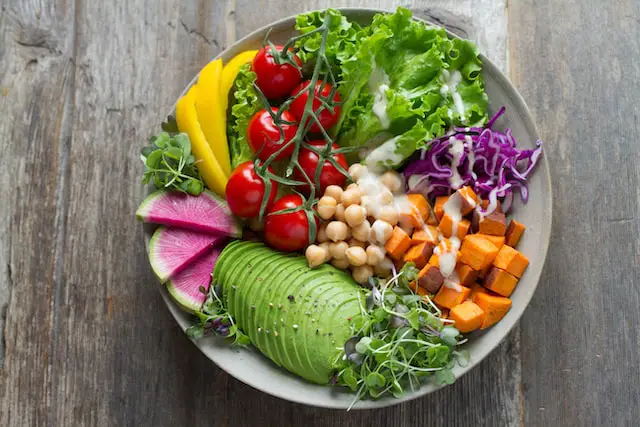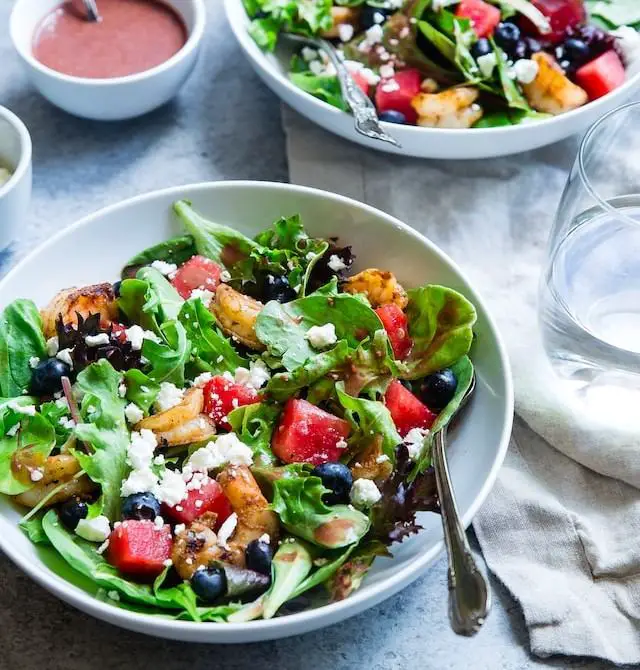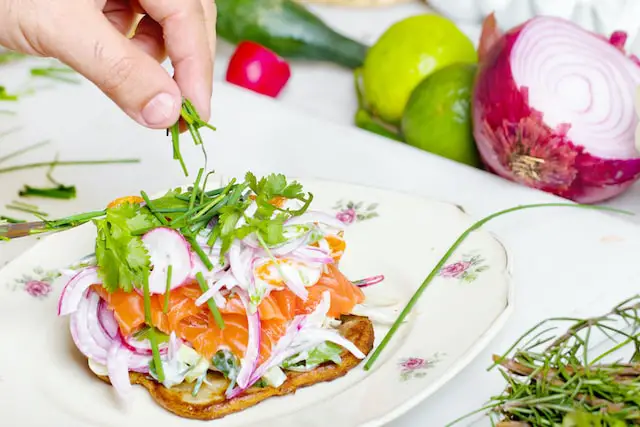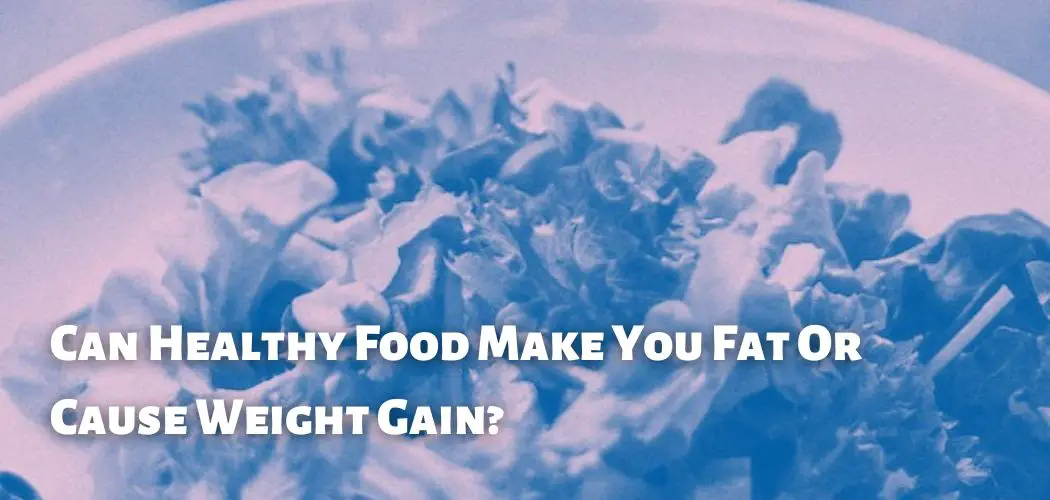“I try to consume only healthy and nutritious foods. So why am I unable to lose some weight?”
Whether you believe it or not, this is one of the most common queries on the internet.
Because the majority of people nowadays are generally aware that they should consume an abundance of lean protein, vegetables, unprocessed carbs, healthy fats and fruits.
Most of the people are aware that they should cook at home whenever possible, limit their consumption of sugar, and replace their everyday soda consumption with water and green tea.
Therefore, it is naturally very irritating when people consume a healthy diet but are unable to lose weight.
So what is the secret to eating nutritious foods without gaining weight?
Portion management is the answer, and it’s very easy, but not particularly glamorous.
Contents
Monitor What You Consume
Most people are aware of the importance of portion management when consuming a dish of ice cream, a slice of cake. However, you might not be aware that the same is true for good fats, ancient grains and fruit.
When you fill your dish with healthy foods such as avocado, quinoa, nuts, Greek yogurt, berries and oats, you must remember that these calories are not free.
Regardless of how nutritious the meal is, the calories might still build up, causing weight gain or a weight loss plateau.

Undeniably, there are multiple schools of thought regarding calories; according to the traditional school of thought, you lose weight when you consume fewer calories than you burn, and vice versa.
Recent research published in one of the most prestigious medical association journals demonstrates that this notion is flawed and that the body processes various types of calories differently.
When you consume a diet that is relatively low in carbohydrates and includes minimally processed vegetables, grains, healthy fats, and legumes, you can eat more than when you consume a diet that is poor in fat and protein.
Nevertheless, even if the latter makes up the majority of your diet, you should still control your portion sizes.
How much nutritious food should one consume?
While it may undoubtedly vary depending on your specific goals, here is a basic concept by an expert nutritionist to keep in mind when determining the size of your portions:
For Men
- Carbohydrates (oatmeal, quinoa, etc.): About the size of your hand.
- Vegetables are roughly twice the size of your hand.
- Lean protein ( fish, meat, etc.): About double the size of your hand.
For Girls
- Carbs: About the size of your palm.
- Vegetables: about twice the size of your palm.
- About double the size of your palm should be lean protein.
And that is all you need to keep in mind when calculating your meal portions.
Obviously, if you want, you can get more precise by measuring in grams, but the rules stated above should be enough.
Regarding fruit, aim to consume no more than two to three pieces each day, with a portion consisting of a medium apple, peach, orange, a palmful of berries etc.
If you consume more food than suggested above, you may hamper your weight loss efforts.
Avoid Extras
Besides eating too much, one of the most straightforward ways to make nutritious meals work against you is by adding unhealthy ingredients to them. The primary offenders are sauces, oils, cheese, cereals and butter.
Obviously, this will be much easier to determine if you dine at home frequently, as making your own food allows you to know precisely the amounts of things like oil, etc., that you’re adding to the meal.
If you eat outside frequently, though, it will be much more difficult, and this is the place where you may get into difficulties.

For instance, there is a famous restaurant that serves delicious, fresh food, offers outside dining, and serves excellent wine.
At first glance, their menu appears to have a variety of healthy options, such as broccolini, roasted beets and baked cauliflower.
Most of those who order these foods believe they are making a good decision. However, they might not realize:
- Bread crumbs and butter are applied to the cauliflower.
- The beets include at least 3 servings of cheese and perhaps also butter or oil.
- Broccoli is covered in cheese and oil.
Alone, these vegetables would be extremely low-calorie and healthful options. However, with the delicious toppings, they can easily have more calories than a whole meal should include.
What is the point here? In addition to paying attention to the quantity of food you consume, you need to also consider what has been added to it.
Track Your Consumption
Keeping track of what you consume is the greatest method to determine if you’re having too many nutritious foods. However, experts recommend not doing this all the time because it may be time-consuming and frankly frustrating.
But here’s the thing: if you’re going to monitor your food intake, you must be precise. The majority of people actually miscalculate the amount of food they consume during the day, therefore you must record everything you consume correctly.

To ensure accuracy, you may wish to use a digital food scale or at least measuring cups. Try this out for a few days, or maybe a week, and assess your performance.
Are you eating too many nutritious foods? Skimping on protein and fat while concentrating on carbohydrates? Your results may reveal the underlying reason why, despite your healthy diet, you have not been losing weight rapidly.
Conclusion
Eating healthy and achieving your objectives depends not only on what you eat but also on how much you consume.
And what is the finest thing you can do to achieve your objectives? Train yourself to consume food mindfully.
Start paying attention to what you eat, how you feel afterward, your energy levels, and how your workouts are going.
You should not weigh yourself, but you should begin to observe how your clothes fit and how you appear in the mirror. If something is amiss, make minor tweaks until you feel like you’re back on track.
